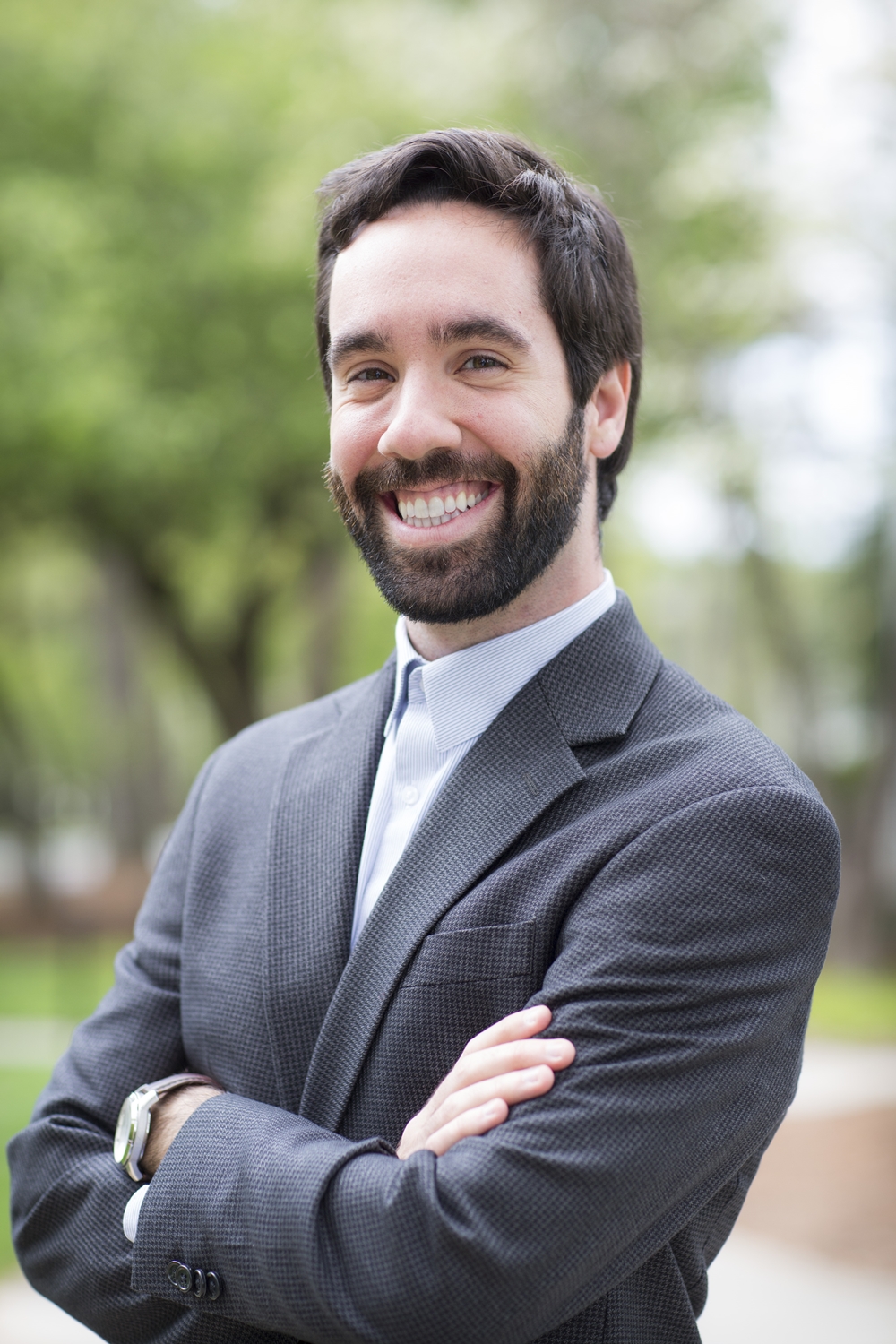Youth of Color More Likely To Report Emotional Distress During Witnessed Police Stops, Says New Study
Police stops of people of color escalating in violence or death have gained national attention since the death of George Floyd last May.

Semenza notes that the researchers didn't expect the findings to be as clear-cut as they are.
But there may be more to this hotly contested issue. Even witnessing police stops is more likely to cause emotional distress for youth of color than for their white counterparts, according to new Rutgers University–Camden research.
“We didn’t expect the findings to be as clear-cut as they are,” says Dan Semenza, an assistant professor at Rutgers–Camden. “Black, Hispanic, and multiracial youth all have much higher rates of emotional distress, meaning that they felt more scared, angry, or unsafe than white youth.”
Semenza and research co-authors examine the racial and ethnic disparities in emotional distress during witnessed police stops in their new paper, titled “Unpacking Racial/Ethnic Disparities in Emotional Distress Among Adolescents During Witnessed Police Stops,” published in the Journal of Adolescent Health.
The paper investigates the health implications of children who witness police stops despite not being stopped by the police themselves, as well as how these experiences might differ depending on the race of children and the types of interactions that they have witnessed.
The researchers – which also included Dylan Jackson, from Johns Hopkins University; Juan Del Toro, from the University of Pittsburgh; Alexander Testa, from the University of Texas; and Michael Vaughn, from St. Louis University – analyzed data on urban-born youth in the United States from the most recent wave of the Fragile Families and Child Wellbeing Study. Semenza notes that the vital survey, which follows about 4,800 people born between 1998 and 2000, oversamples youth who are at higher risk of being exposed to criminal justice involvement, violence involvement, and police encounters.

The Rutgers–Camden researcher posits that youth of color can benefit from additional intervention strategies both inside and outside schools.
“It’s an important data set that gets to the heart of a high-risk population that may be experiencing relatively rare events like intrusive police stops, so that motivated us to want to use these particular data,” he says.
According to the Rutgers–Camden researcher, in addition to the racial and ethnic disparities in reported emotional distress, they found that this distress was largely attributed to the fact that youth of color – particularly Black and multiracial children – were experiencing stops that were more characterized by officer intrusiveness and perceptions of procedural injustice.
Officer intrusiveness, Semenza explains, was defined as frisking or patting down, searching the individual’s bags or pockets, using harsh language or racial slurs, and threatening or using physical force.
“This is upping the danger and the anxiety that is being witnessed because there is tension in the police stop,” says Semenza.
Furthermore, procedural justice was measured on children’s responses to whether people being stopped were being treated in a just way. For instance, he says, did officers tell people why they were stopped, were people’s rights respected, and were they treated with dignity and respect.
Semenza explains that the researchers knew from prior studies that Black, Hispanic, and multiracial youth are more exposed to police encounters because police are more present in communities of color, especially disadvantaged communities with high rates of poverty and unemployment. However, when the researchers further examined the types of police stops that children were witnessing, the racial disparities were stark.
“When we looked specifically at officer intrusiveness and procedural justice, these differences really popped out, and that was a driving force of this paper,” he says.
The Rutgers–Camden researcher posits that, in addition to police stops of people of color publicized in the media, these higher exposures to police stops for youth of color can have devastating consequences.
“These everyday stops are having ripple effects on the community, even if people themselves aren’t directly involved in altercations,” says Semenza.
Based on the findings, he says, there needs to be a reexamination of policing practices and policies to reduce over-policing in communities of color.
“This has to be backed by the investments in changing these policing practices,” he says. “Otherwise, it’s going to continue.”
He also posits that youth of color can benefit from additional intervention strategies both inside and outside schools – among them, screenings by school guidance counselors, psychologists, or physicians – to address the incidents that these children are seeing and identify any child dealing with post-traumatic stress and heightened anxiety. The trauma from these episodes, he says, can have long-term health implications as the child grows into adulthood.
“The approach that my colleagues and I take is a life-course, trauma-informed approach,” he says. “We want to consider how exposure to violence at an early age affects outcomes at a later stage in life, and how we can think about reducing trauma early on to improve life outcomes for the following 50, 60, 70 years.”


